Who is Lara Croft? That may seem like a silly question, but it has a far more complicated answer than one might think. The center of the iconic Tomb Raider franchise, her look, personality, and motivations have shifted and evolved drastically over the years.
Each version of Lara represents a specific era in Tomb Raider’s history. Her ever-changing look and personality has sparked much debate since her debut in the late 1990s. It has often triggered conversations about which Lara is the “true” Lara Croft. And, of course, questions about the virtual heroine’s (anti-hero’s) future.
“I Only Play for Sport.”

Lara Croft’s meteoric and unprecedented rise to icon status began in October 1996. That month, Core Design’s Tomb Raider made its grand debut on the Sega Saturn. One month later, Lara Croft and Tomb Raider made their big splash on the PlayStation. The game took the world by storm, catapulting its heroine to unprecedented levels of fame for a virtual character.
The inaugural adventure saw Lara Croft hunting down pieces of a powerful artifact from Atlantis for a wealthy businesswoman. It was a watershed moment in gaming for many reasons. Debuting at a time when side-scrolling platformers were still all the rage, Tomb Raider was among the first 3D action-adventure games.
The game was lauded for its state-of-the-art graphics, interactive environments, intricate level design, complex puzzles, and survival-horror gameplay. Its hero could run, jump, and roll in any direction, all while wielding a mini arsenal of weapons. And its protagonist was not only a woman, but a morally gray woman at that.
The Original Backstory
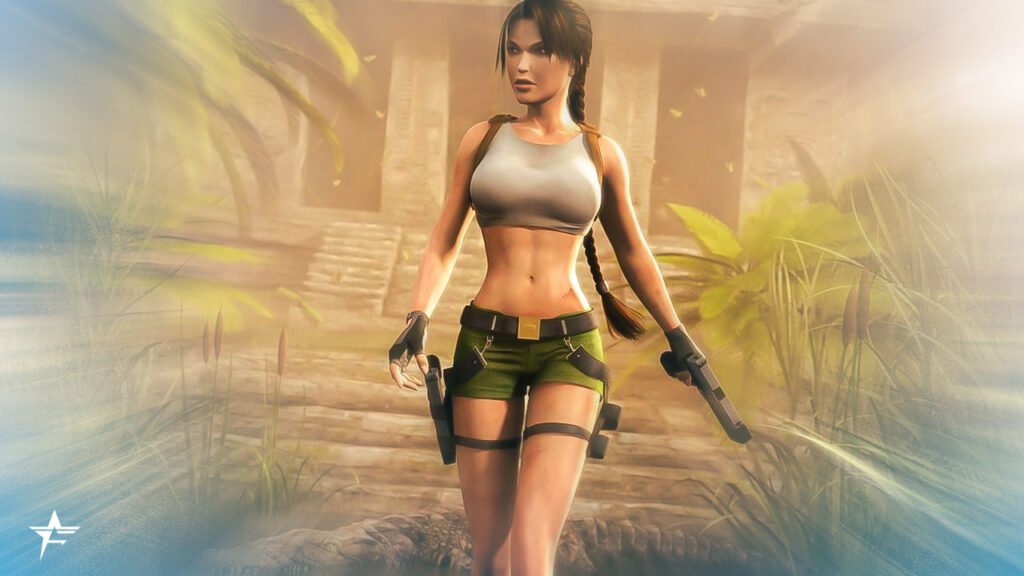
This first iteration of Lara Croft, seen through Tomb Raider 1-6, vacillated between being a hero and an anti-hero. Born into British aristocracy, Lara was destined for an arranged marriage with a man she didn’t love. But a twist of fate revealed her true calling. A plane crash in the Himalayas saw the young aristocrat fight for her life in the harsh environment. Near death, the future adventurer reached a Buddhist monastery and was able to get help and return home. But after her ordeal, home was no longer home.
Acknowledging the electric energy she’d felt while in survival mode, Lara rejected the notion of an arranged marriage. This angered her parents, who promptly disowned her. Lara realized she only felt truly alive when she was out in the field, by herself, courting danger. Lara took her future into her own hands, writing successful books about her exploits to fund her travels.
The Birth of an Icon
She raided tombs for sport. Lara’s goal was to collect rare and shiny things to display in her lavish mansion in the British countryside. Lara often made terrible decisions, and sometimes made matters worse. Like that time she swiped an Egyptian artifact and woke up an ancient evil that had been entombed for centuries.
She had no problem mowing down anyone or anything (human or supernatural or endangered species) that got in her way. And if she happened to save the world in the process, so be it. But saving the world was rarely her main priority.
Her stoic demeanor, witty one-liners, and power fantasy appeal captivated a generation of gamers. Her aesthetic (a teal tank top and khaki shorts, long braid down her back, a bottomless backpack, and trusty dual pistols) became as intrinsic to the character as Indiana Jones’ khakis, whip, and fedora.
People around the world fell in love with the daring and dangerous anti-hero. Seemingly overnight, Lara was everywhere. And as Lara’s face found itself plastered on everything from magazine covers to sports drink bottles to credit card commercials starring Sofia Vergara, one thing was clear: an icon had been born.
The Rise and Fall of Lara Croft
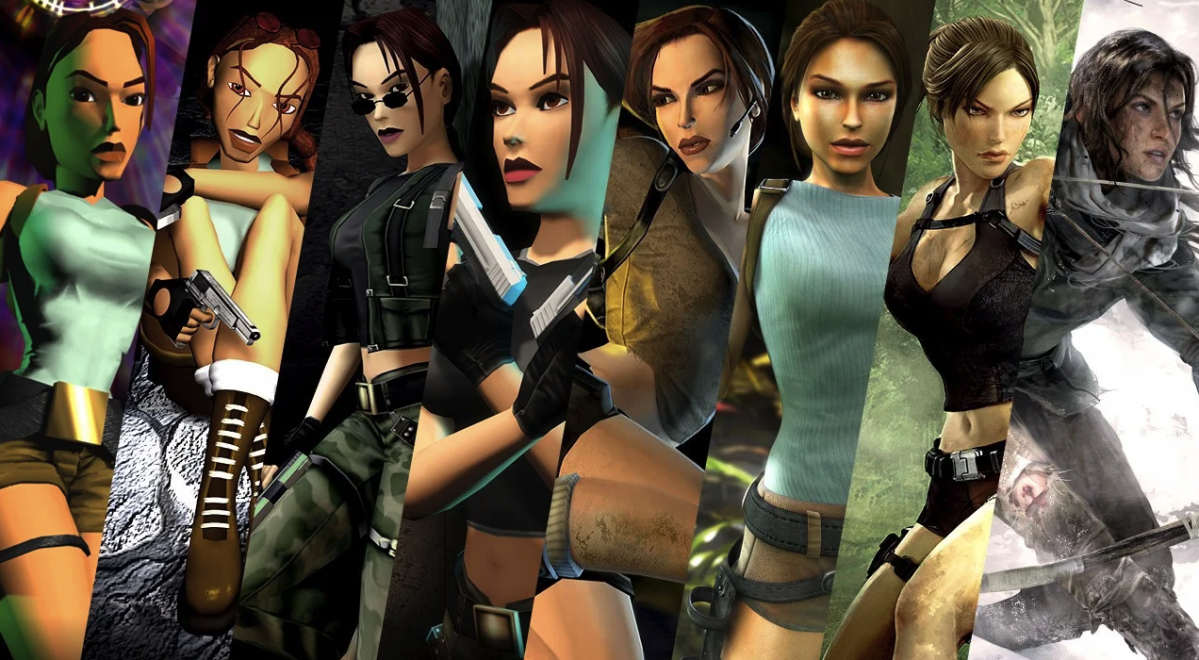
But with icon status came criticisms. Many saw the blatantly sexual way in which publisher Eidos decided to market Lara Croft and Tomb Raider as demeaning and sexist. It was also an internal struggle among the Tomb Raider development team at Core Design. Some of the team also disapproved of the way Lara’s intellect, personality, and athleticism took a backseat in the marketing.
Frustrated with marketing and PR decisions made during that time, Lara’s creator, Toby Gard, left the team between the development of Tomb Raider and its critically-acclaimed sequel, Tomb Raider II. He would later return to assist in the development of 2006’s Tomb Raider: Legend.
After Lara’s spectacular rise to pop culture icon from 1996 to 1999, game sales slowly began to decline, even as Lara herself was still on top of the world. Two successful film adaptations starring Angelina Jolie in the early 2000s further boosted Tomb Raider’s worldwide recognition. But, far from Hollywood, burnout was a major concern among the Core Design team in Derby, England.
The Angel of Darkness
Eidos had pushed Core Design to release a new Tomb Raider game every year from 1996 to 2000. Round-the-clock development took an emotional and creative toll on the small team in Derby. Shortly after completing 1999’s Tomb Raider: The Last Revelation, development began on the fifth and sixth entries in the series.
Deadlines for the series’ sixth installment, Tomb Raider: The Angel of Darkness, fast approached in 2003. The game was only partly finished, and several levels and locations had yet to be built. To make matters worse, the team struggled with learning to utilize the new engine they were using. Meanwhile, publisher Eidos wanted to stick with their deadline, which would allow for cross-promotion with Jolie’s Lara Croft: Tomb Raider: The Cradle of Life.
Eidos released the game unfinished, with a buggy control system and many missing locations. Critics were not kind, and fans were slow to support Lara’s PS2 debut. The game’s critical and financial failure led to Eidos stripping the series from its British creators. The new IP holders were American developer Crystal Dynamics.
As marketing ramped up for the newest iteration of Lara’s adventures, developers from the company wasted no time publicly criticizing Core Design’s Tomb Raider games, while promising a new vision that would take the franchise in a new, uncharted direction.
“WHERE. IS. MY. MOTHER?!”
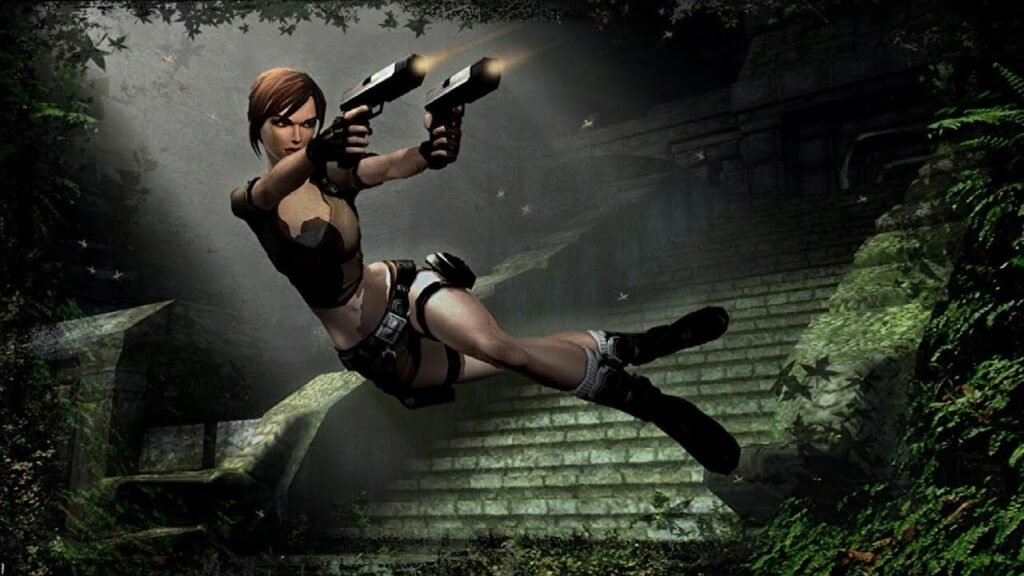
Crystal’s “new and improved” Lara made her debut in 2006’s Tomb Raider: Legend. A reboot of sorts, Legend introduced a softer, warmer, more empathetic Lara. This Lara was not the loner of the classics. She had friends and a team around her who assisted her on her adventures. The tactic worked, as many felt that the game injected new life into a flagging series.
In the ensuing trilogy, often referred to as the “LAU era,” Lara sought the truth behind her mother’s odd disappearance. The game rewrites Lara’s backstory while retaining carefully-selected elements from her Classic-era bio.
In the LAU-era games, Lara and her mother Amelia had survived a plane crash in the Himalayas. But their ordeal was far from over, as Amelia disappeared without a trace after encountering a mysterious artifact on a stone dais in a Buddhist monastery.
As Lara grew up, she and her father became obsessed with the stone dais. She joined him on expeditions around the world, driven by a need to learn what happened to her mother. After her father’s untimely death, Lara also discovered a need to prove her father’s theories about the dais correct.
Her obsession led her to Bolivia, which is where the events of Legend officially kick off. After a worldwide hunt to uncover the true nature of the dais, and a rage-filled confrontation with a former friend she thought had died long ago, Lara’s story culminates in the expansive Tomb Raider: Underworld. In that game, Lara finally learns her mother’s fate and begins to make peace with it.
“I Hate Tombs.”
Lara’s public resurgence in Tomb Raider: Legend was relatively short-lived. Its follow-up, 2007’s Tomb Raider: Anniversary, failed to make a splash. The game was a remake of the original Tomb Raider. It featured updated graphics and controls but removed large chunks of the original game. It also attempted to tie the events of the original game with Lara’s new backstory and motivations.
Despite solid reviews, Anniversary became the lowest-selling entry in the series to date. It preceded another underperformer, 2008’s Tomb Raider: Underworld, which won praise for its graphics but received criticism for its bugginess and jerky animations. Lara Croft and Tomb Raider had found themselves at yet another crossroads.
During Underworld’s development, the team at Crystal Dynamics began brainstorming ways to update the iconic series. They knew they needed to do something drastic to keep up with the shifting tastes of modern gamers.
After five years—the longest gap between Tomb Raider titles in the series’ history—Crystal Dynamics released their second reboot of the series in 2013. The game, simply called Tomb Raider, completely reimagined Lara Croft’s backstory, look, personality, and motivations—as well as the focus of the series as a whole.
An Icon Reborn

In 2013’s Tomb Raider, Lara is a 21-year-old college student on her very first expedition. But everything goes sideways after the team winds up shipwrecked on a Japanese island. Lara is forced to endure the elements and survive harrowing situations while attempting to find the members of her team. Along the way, she uncovers horrific secrets about the island itself.
This Lara is raw, emotional, and self-righteous. Unlike the stoic, devil-may-care attitude of Lara’s earliest incarnation, this Lara cares deeply for others. She acknowledges when she’s sad or frustrated or in pain in a way previous incarnations of Lara rarely did. Early, misguided marketing suggested that fans would “want to protect” this version of Lara. Worse yet, a scene in the game depicting an attempted rape was widely criticized.
Controversy and mixed reception from longtime fans did little to stop the game’s monstrous success. With critical acclaim and over 13 million copies sold, it remains the best-selling title in the series. It also returned Lara Croft and Tomb Raider to a level of popularity they hadn’t enjoyed since the early 2000s.
Lara’s newest story continued to unfold across Tomb Raider and its sequels, 2015’s Rise of the Tomb Raider and 2018’s Shadow of the Tomb Raider. Throughout the games, Lara became obsessed with learning the truth about her father’s death. Her quest for justice leads her to numerous encounters with a shady organization called Trinity.
Across the three games, now known as the “Survivor Trilogy,” Lara grew from an inexperienced young woman into a more seasoned adventurer. Hints of the more hardened and borderline sociopathic Lara from the Classic era popped up in the trilogy’s culmination, Shadow of the Tomb Raider, while also still portraying Lara as empathetic and helpful, and at times, a White Savior of sorts.
Will the Real Lara Croft Please Stand Up?
But with three distinct versions of Lara out there (and even more if you count the spin-off games, movies, novels and comics), and many iterations of the series, many fans have wondered and debated which is the true Lara Croft. Which one is the real Tomb Raider?
It’s a question that is sure to get all factions of the Tomb Raider fandom riled up and ready to fiercely defend their personal favorite incarnation of Lara. Fans of each iteration all make fantastic points as to why their favorite is the quintessential Lara Croft. The steely and playful badassery of Classic Lara? The determination and barely-contained rage of LAU Lara? The complex emotions and relatability of Survivor Lara?
With so many conflicting versions of the same character, there is only one answer. They are ALL Lara Croft. Like it or not, all three main versions of Lara have contributed to her status as one of the biggest female gaming icons. All versions of Lara are valid for different reasons. Each one has brought comfort and inspiration to fans around the world. Each one exists and is a part of Tomb Raider’s quarter-century-long legacy.
Unification of the Tomb Raider

But now, as things have been relatively quiet on the tomb-raiding front since the release of 2018’s Shadow of the Tomb Raider, the question is, what’s next for Lara?
In January 2021, the official Tomb Raider YouTube channel released a video during the series’ 25th-anniversary celebrations, that gave fans a glimpse into the future of the beloved franchise. Game director Will Kerslake, a Crystal Dynamics veteran of over a decade, dropped a nugget that rippled through the Tomb Raider fan base and led to widespread speculation regarding what it actually means.
“Our origin trilogy back in 2013 told the story of Lara Croft’s early days where she was forged into a survivor, became a hero, and ultimately, the Tomb Raider.” He continued, “While the classic games featured a seasoned and confident adventurer, travelling the world, unlocking its secrets, often standing alone against cataclysmic forces.”
Then came the mic drop.
“We envision the future of Tomb Raider unfolding after these established adventures, telling stories that build upon the breadth of both Core Design and Crystal Dynamics’ games and working to unify these timelines.”
He ended the tease by noting that, with Tomb Raider’s complex and extensive history, unifying the disparate timelines into one would be no easy task and asked for patience from fans.
Fan Reaction
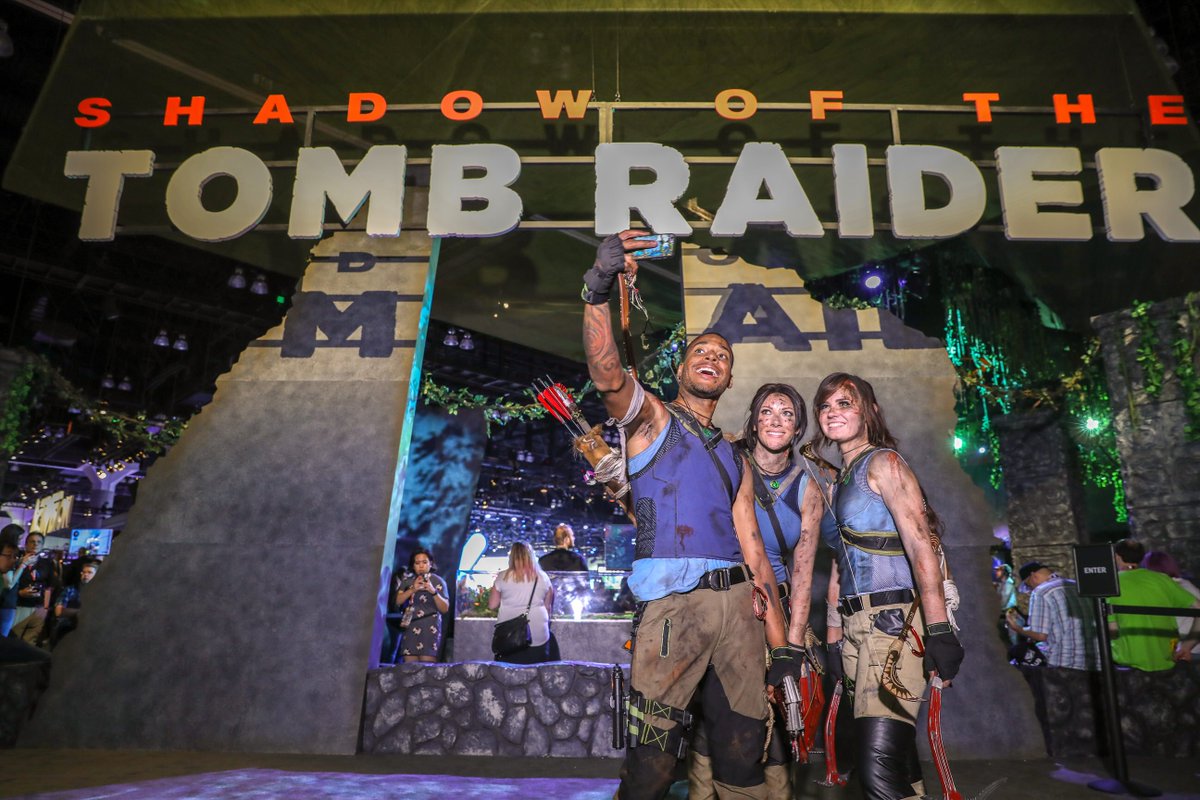
Kerslake’s words were met with excitement from many fans and trepidation and even frustration from others. Many fans wondered, with three separate backstories and multiple motivations and personalities, how the distinct differences in each timeline could be reconciled. Others asked what a unified Lara Croft would look like.
Would she keep the messy mullet/ponytail from the Survivor trilogy? Or perhaps her iconic braid from the early games would make a return. Would she wield dual pistols again? Or would the Survivor era’s bow and arrow be her weapon of choice?
Which characters and events from previous games would be woven into the tapestry of the unified timeline? Would this timeline really have Lara inadvertently cause the apocalypse twice—as she did in both Core’s Tomb Raider: The Last Revelation and Crystal’s Shadow of the Tomb Raider? Would backstories and motivations involving her parents finally be put to rest? Which personality traits from the previous eras would make it into this new unified timeline?
Future of the Tomb Raider
Nearly two years later, the team at Crystal Dynamics has been fairly mum regarding Lara Croft’s future. During a community livestream of The Last Revelation, franchise executive producer Dallas Dickinson stated,
“There are aspects…of who Lara was in the original games that fans have rightly sort of said that you’ve lost some of that…some of what made me excited about Lara Croft. Lara Croft was a damn superhero…and people want to see that again. However, there are a bunch of great things in the Survivor series that honestly grounded her more, made her more accessible, made her more of a real person.”
Dallas Dickinson, Tomb Raider Franchise Executive Producer
He continued, “[Something that’s] very easy to say out loud, but it’s actually hard to do, is making sure that we can stitch together those Lara’s and make it so that they’re both true.” He mused briefly, without going into detail, about picking bits of backstory across the franchise to include in Lara’s unified background. Furthermore, he also teased that any future looks at Lara Croft would be aligned with their vision for unification.
The release of a detailed Weta Workshop collectible statue, some reimagined artwork, and a statue outside the Tomb Raider: The Live Experience attraction in London fueled speculation that much of Lara’s aesthetic would return to her roots while incorporating the grittier, grimier feel of the Survivor trilogy. But as the team at Crystal Dynamics has mostly been quiet since then, fans can only speculate.
Embracing the Embracer Era
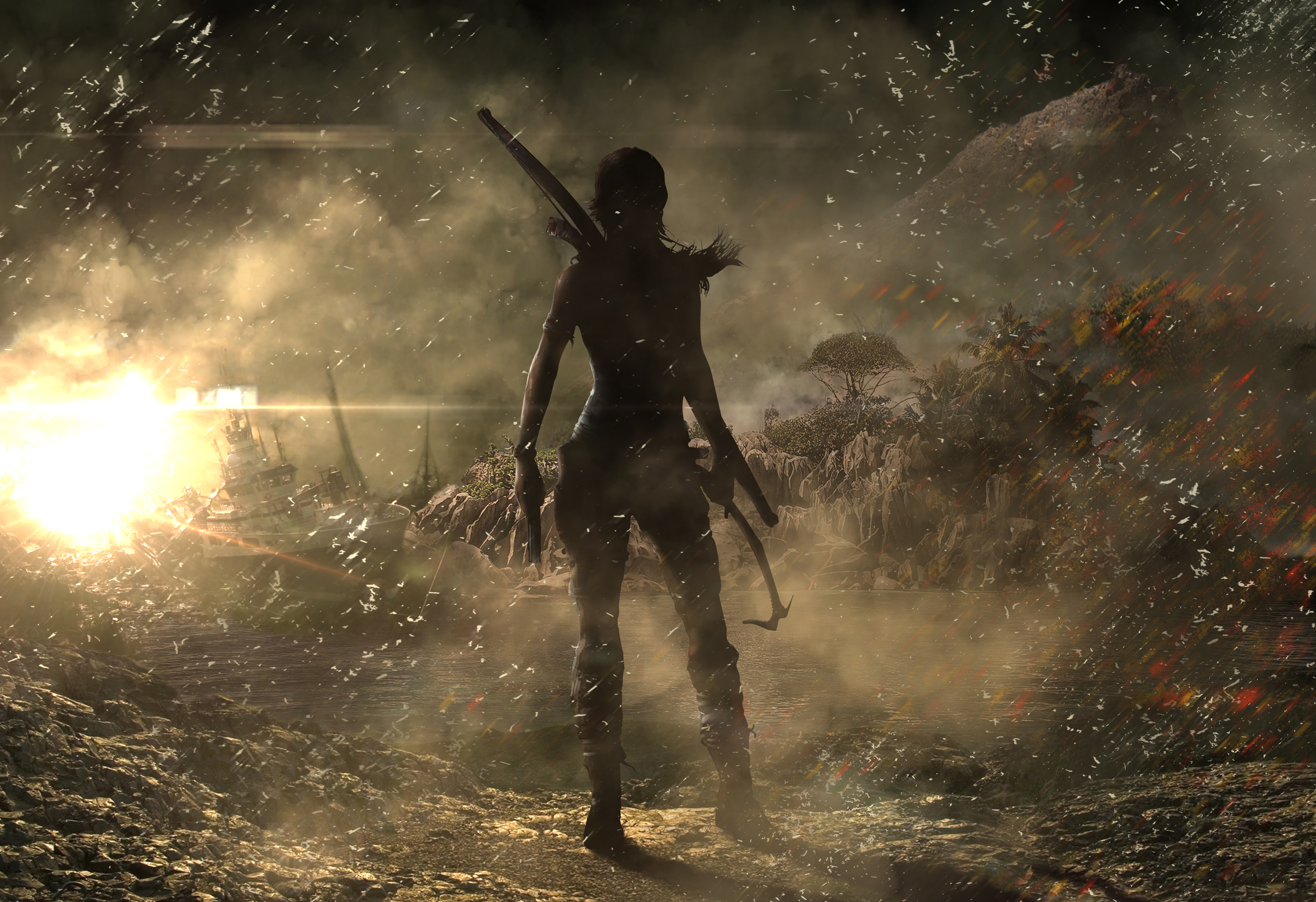
May 2022 brought the announcement that Tomb Raider publisher Square Enix would be selling several of its development studios, including Crystal Dynamics and Eidos Montreal, to Embracer Group. The deal was finalized in August, though it remains unseen whether the transfer of ownership will have any impact on upcoming Tomb Raider titles.
One thing that will impact the Tomb Raider series was the announcement in April 2022 that the next game in the series would be built using Unreal Engine 5. In a video message posted to the Tomb Raider YouTube channel, Dickinson promised that use of the highly-touted engine would “[translate] into next-level storytelling and gameplay experiences… Our goal is to push the envelope of fidelity and to deliver the high-quality cinematic action-adventure experience that fans deserve from both Crystal Dynamics and the Tomb Raider franchise.”
With a Netflix anime series that will tie into the events of the unified Tomb Raider timeline in the pipeline, and a reported bidding war for the recently lapsed Tomb Raider film rights happening in Hollywood, a Lara Croft renaissance seems to be on the horizon.
And when Lara makes her big return to PCs and gaming consoles in the coming years, there’s little doubt that, regardless of her look or personality traits, she’s sure to make a splash, like she always has.
Are you looking forward to the unified era of the Tomb Raider series? Which elements and personality traits do you want to see return in the next installment of the franchise? Sound off in the comments below, or have a discussion with us on socials!






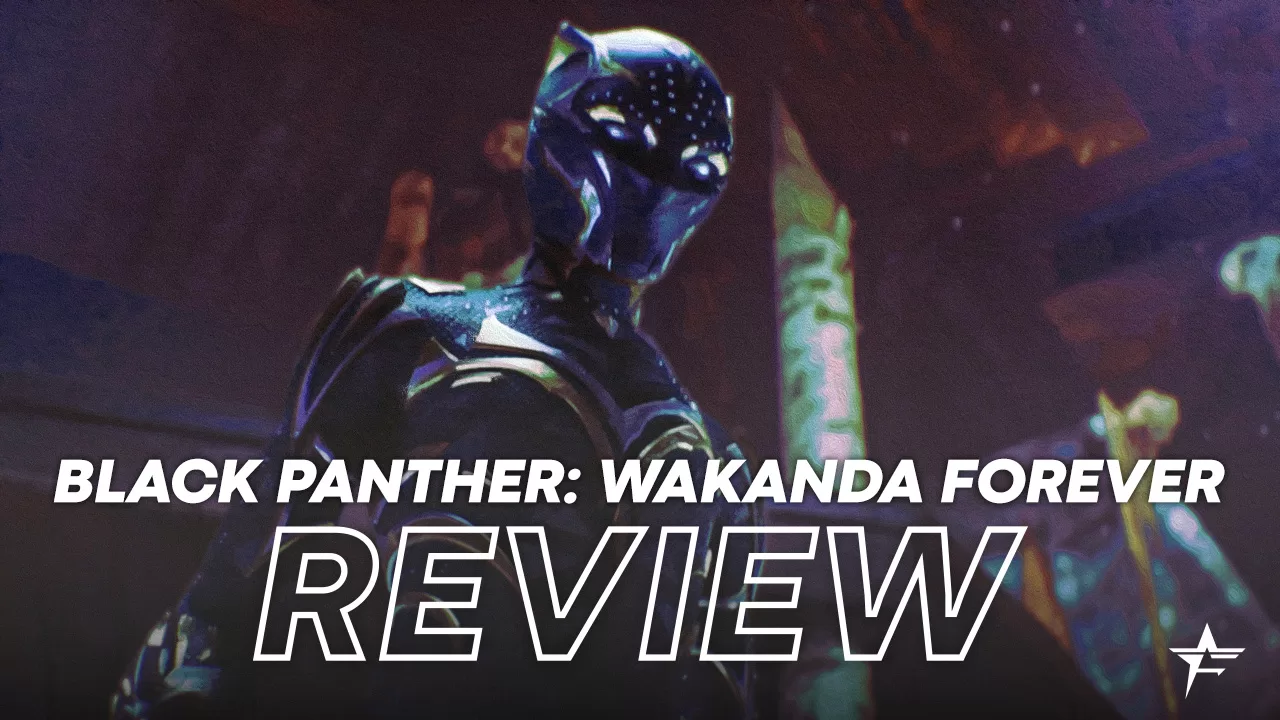

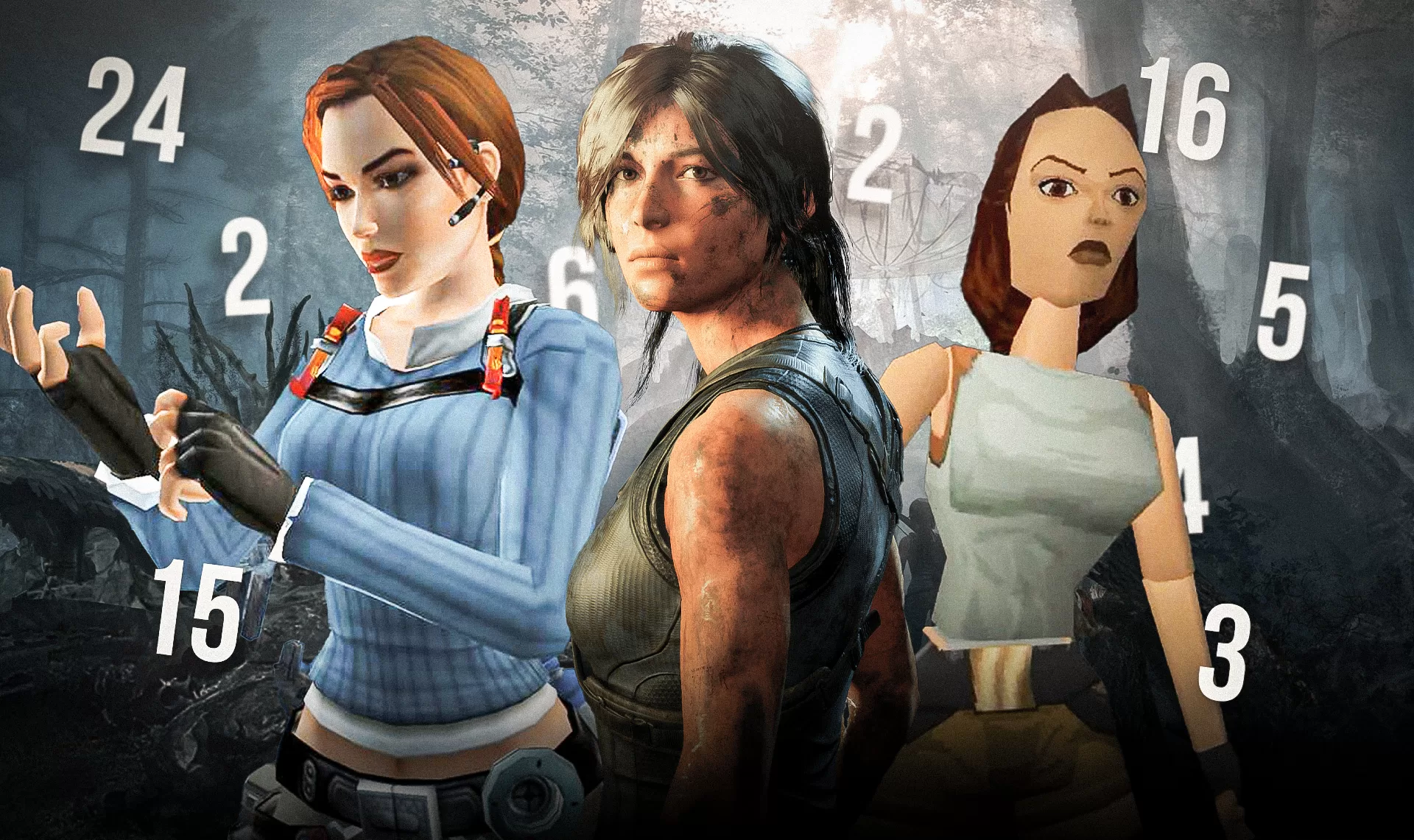



At first the unification process excited me and filled me with hope. Then that leak happaned a few months ago which’s details made me realize that Crystal Dynamics is probably all smoke and mirrors, and that they have taken all the wrong hints and lessons.